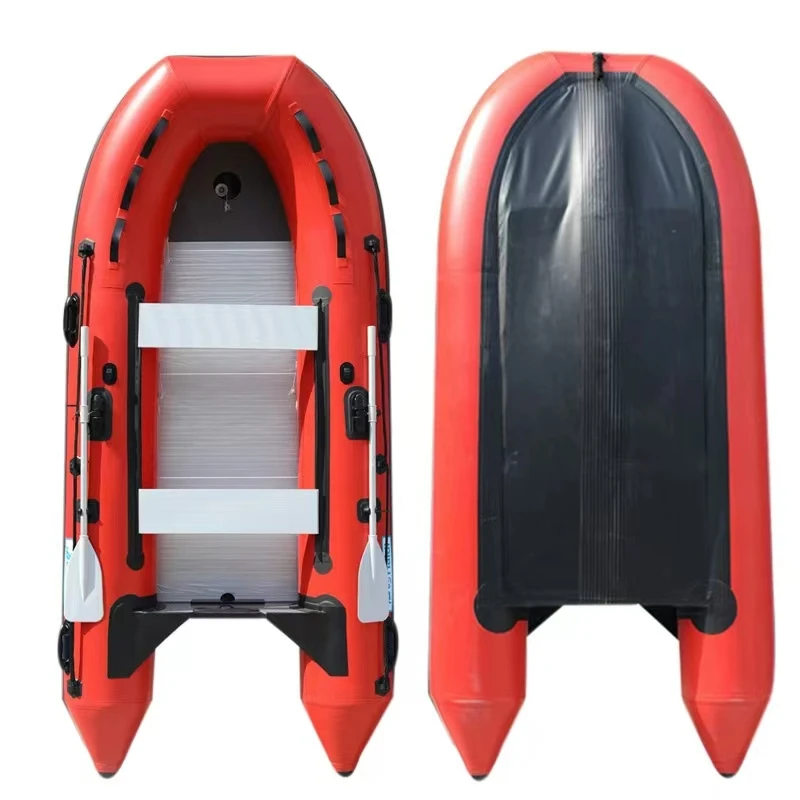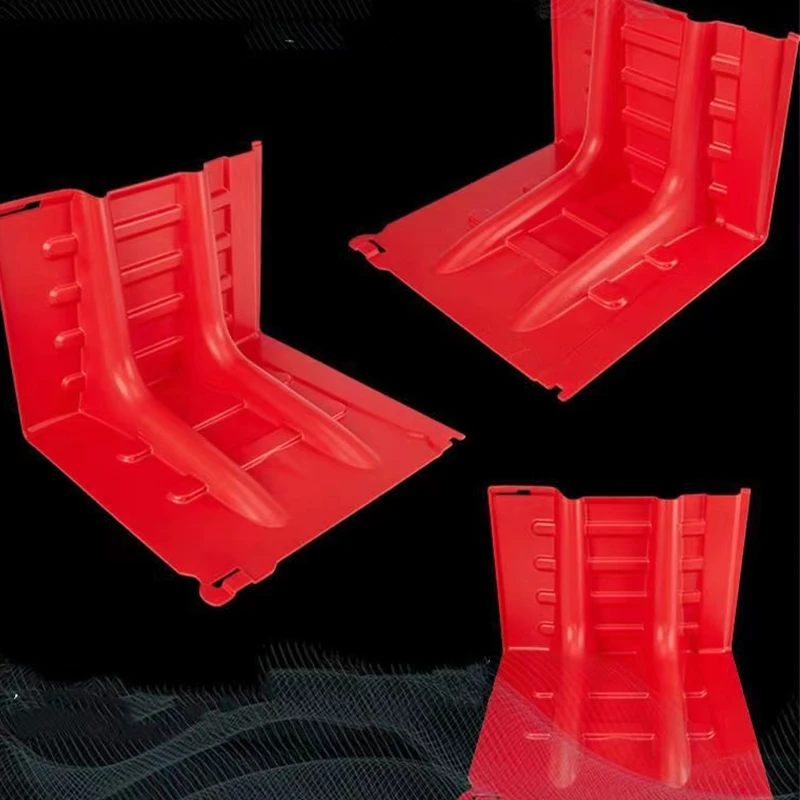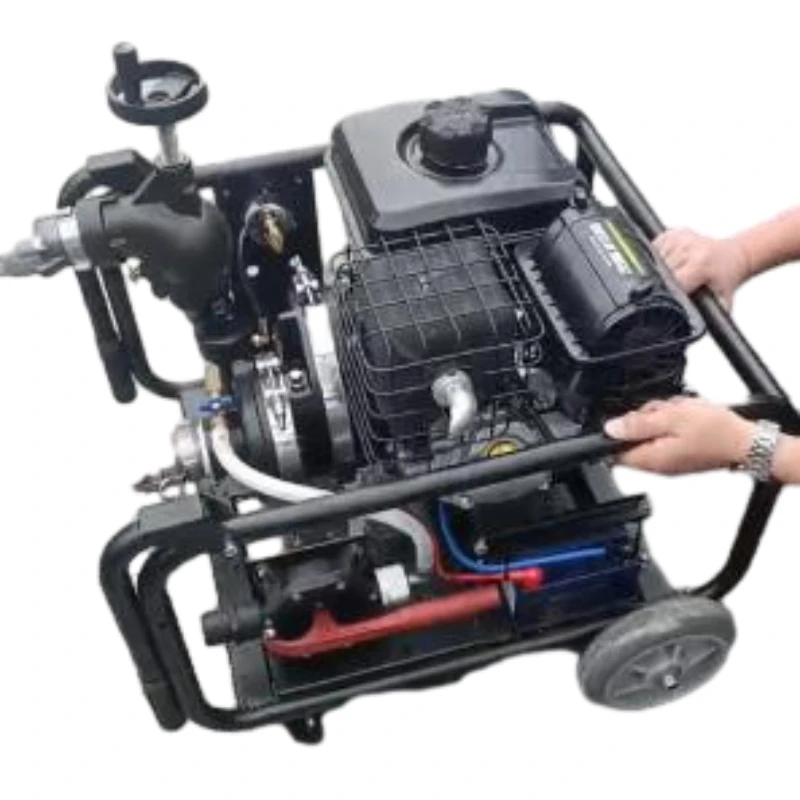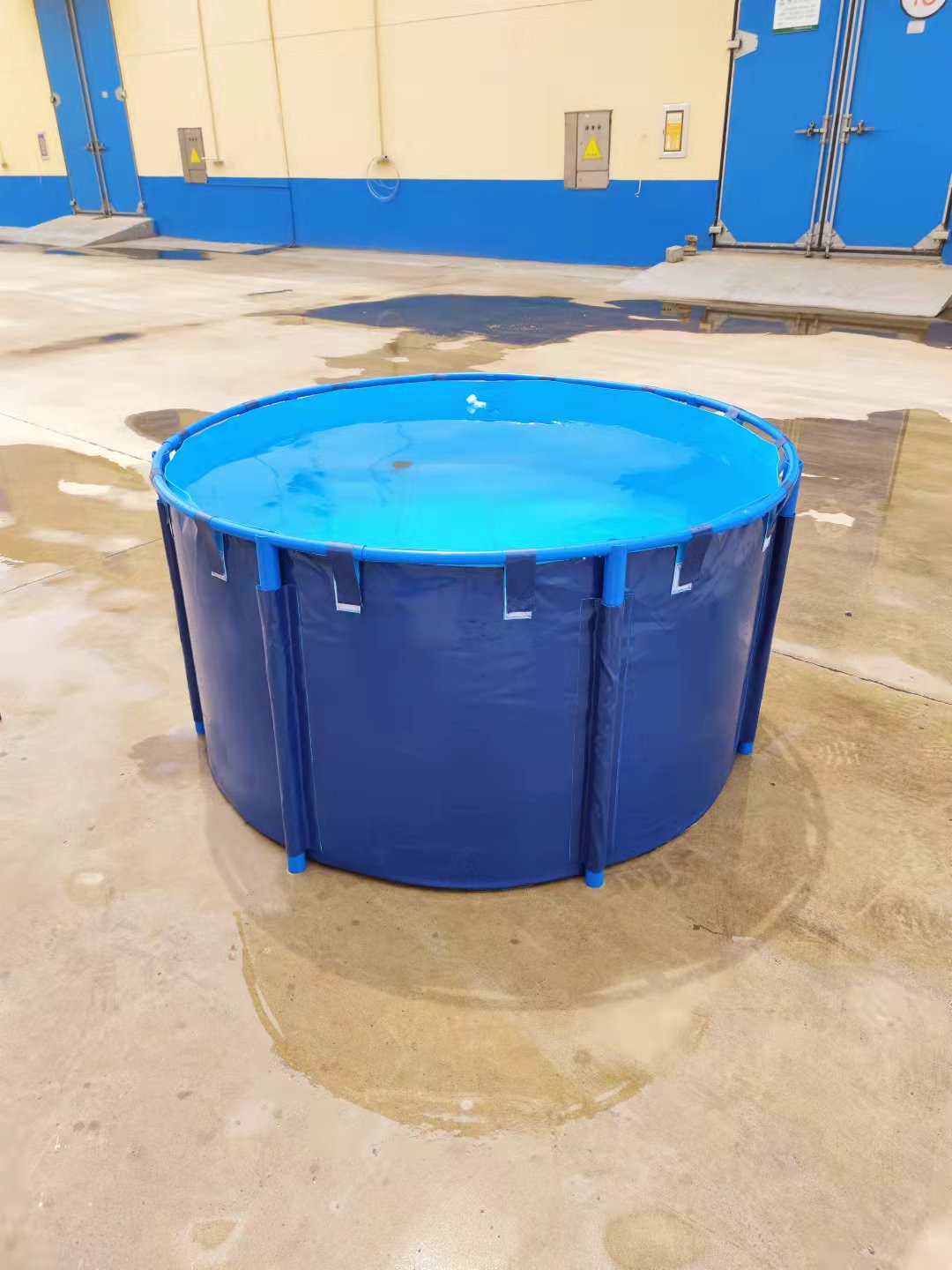Field Notes on the Ati Fire Hose: durability, testing, and real-world use
Every so often a product surprises me not with flash, but with stubborn, repeatable performance. The Ati Fire Hose is one of those. Built at No.118 Youyi Street, Xinhua District, Shijiazhuang, Hebei, it wraps a conventional hose core in a tight polyester fabric layer. That jacket shields the tube from abrasion and, interestingly, improves compressive strength under stack/load—handy in cramped pump bays and hose towers. Linings can be natural rubber, synthetic rubber, synthetic resin, or polyurethane—pick your poison based on chemicals, weight, or budget.
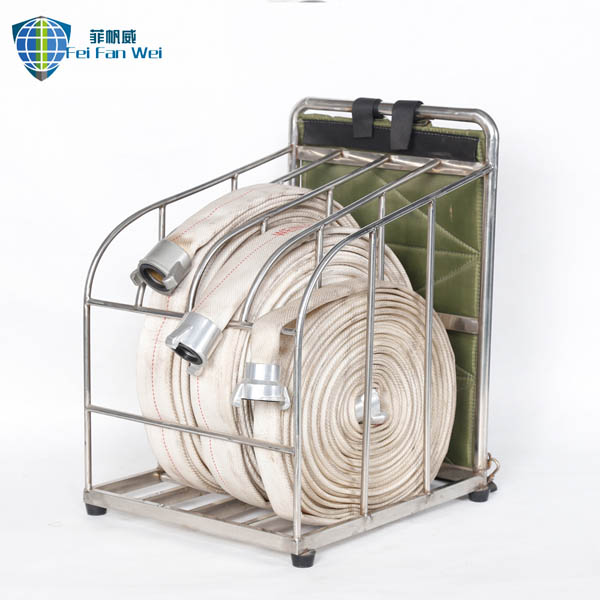
Industry trends (quick take)
Across stations and plants I visit, crews are nudging toward lighter TPU/PU liners, heat-set jackets, and Storz couplings for faster connects. Supply lines are getting bigger (LDH everywhere), while attack lines still favor 1.75–2.5 in. And yes, everyone wants hoses that shrug off concrete and steel grating. The Ati Fire Hose leans into that abrasion-first mindset without getting precious about price.
How it’s made (materials, methods, tests)
- Jacket: high-tenacity polyester filament, woven on circular looms, heat-set for dimensional stability.
- Liner options: NR/SBR blends for grip and elasticity; NBR/PVC or PU for chemical and hydrocarbon resistance, lighter weight.
- Bonding: vulcanization or adhesive extrusion-bonding (depends on liner type).
- Hydrostatic proof test: per NFPA 1961 service test pressure; burst testing to ≥ 3× service test (real-world may vary).
- Friction loss checks at 100 gpm–500 gpm; abrasion test against ANSI/NFPA rub blocks or EN methods.
- Typical service life: ≈ 8–15 years with annual testing and proper drying; heavy industrial use shortens that, of course.
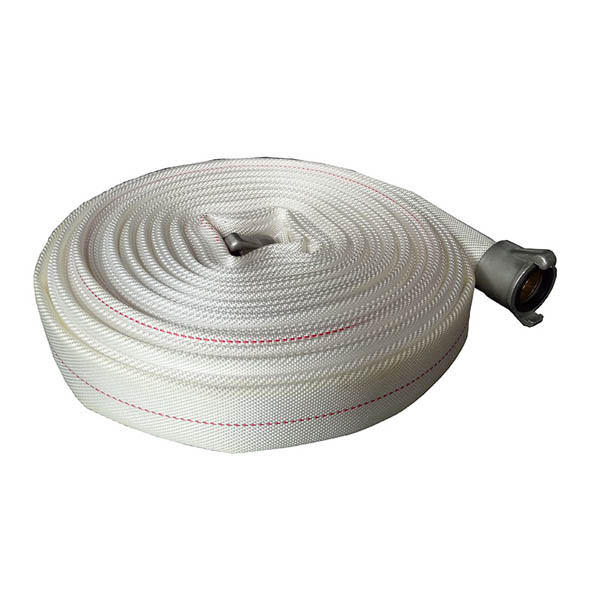
Product specs (representative)
| Nominal ID | Liner | Working Pressure (psi) | Burst (psi) | Weight (kg/30 m) | Temp Range | Couplings |
|---|---|---|---|---|---|---|
| 1.5 in | NR/SBR or PU | 200–300 | ≥ 600–900 | ≈ 10–12 | -30 to +70 °C | NST/NH, BSP, Storz |
| 2.5 in | NBR/PVC or PU | 200–250 | ≥ 600–750 | ≈ 14–17 | -30 to +70 °C | NST/NH, Storz |
| 4 in LDH | PU | 150–200 | ≥ 450–600 | ≈ 22–26 | -30 to +70 °C | Storz, LDH |
Values are typical; real-world use may vary by length, diameter, and liner choice. Verify with current COA/COC.
Where it shines
Municipal attack lines, industrial plants (steel, chemical), oil & gas loading racks, marine decks, mining, and—surprisingly—some airport hydrant runs. The polyester jacket takes a beating on concrete. Many customers say the Ati Fire Hose holds shape after repeated charge/drag cycles; I’ve seen similar in dockside trials.

Vendor snapshot (rough comparison)
| Vendor | Country | Jacket | Max WP (psi) | Certs (typical) | Lead Time |
|---|---|---|---|---|---|
| Ati Fire Hose (FFW Fire Safety) | China | Polyester | ≈ 300 | EN 14540 / BS 6391; UL/FM on request | 3–6 weeks |
| Key Hose | USA | Polyester/Nylon | ≈ 300 | NFPA/UL/FM | 2–5 weeks |
| Angus Fire | UK | Polyester | ≈ 300 | EN/NFPA | 4–8 weeks |
Comparison is indicative; always check current datasheets and listings.
Customization
Diameters 1.0–6 in; lengths 15–30 m (50–100 ft) standard; liners (NR/SBR, NBR/PVC, PU); colors white/red/yellow; couplings NST/NH, BSP, Storz; private label printing. To be honest, PU-lined Ati Fire Hose is my pick for chemical exposure and weight savings.
Case in brief
A North China port swapped aging 2.5 in attack lines with PU-lined Ati Fire Hose. After 9 months on steel decks and concrete quays, abrasion scars were cosmetic; pressure tests still passed at 300 psi. Not scientific, but encouraging.
Certifications & test anchors
- Designed to align with NFPA 1961 service/burst testing and marking conventions.
- UL 19 and FM 2111 listings can be supplied on specified builds (verify per lot).
- European projects: EN 14540 or BS 6391 conformity typically available.
Typical lab notes (2.5 in, PU): service test 250 psi for 3 min—no seep; burst avg 720 psi; elongation under proof ≤ 10%. Your mileage may vary with temperature and coupling torque.









